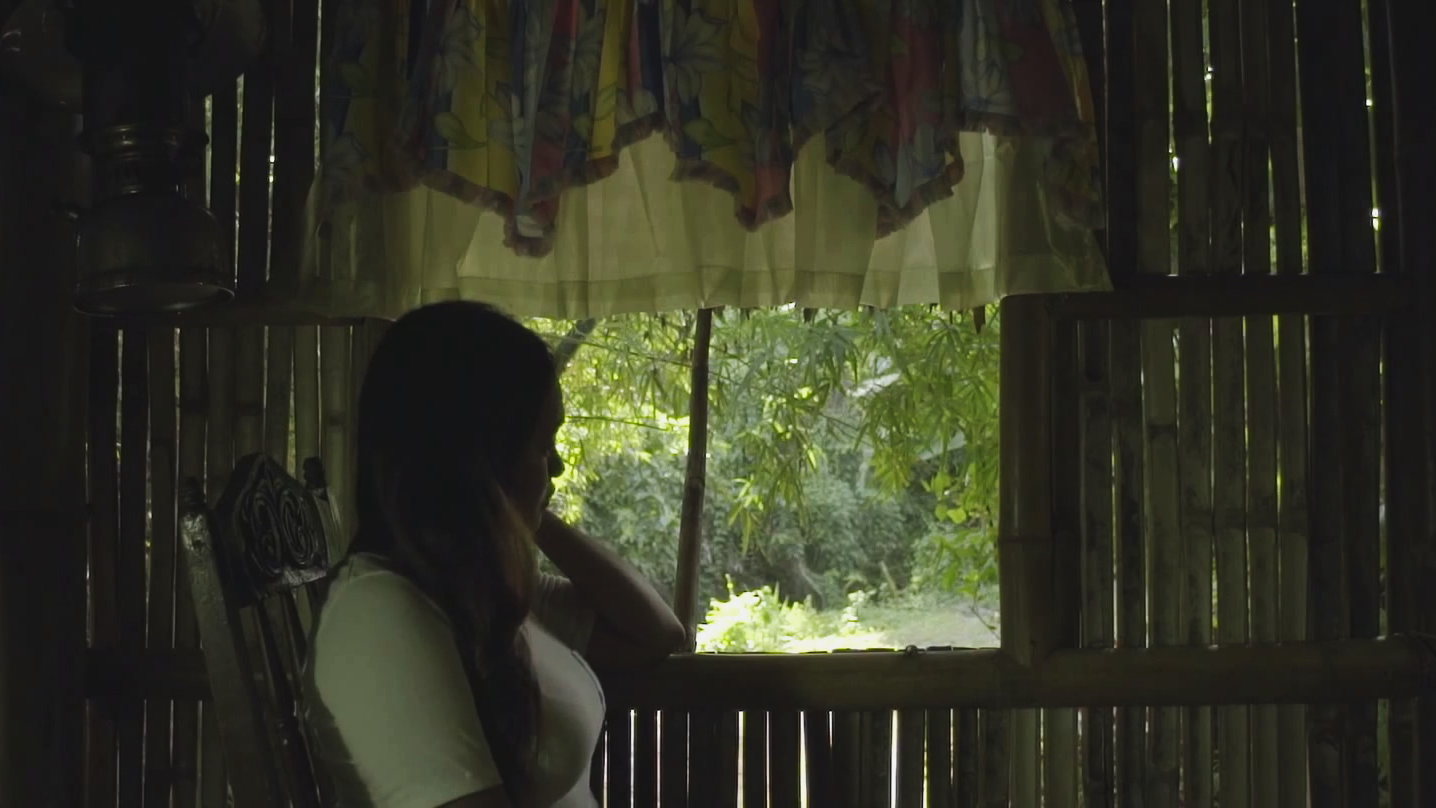The new film from Alvin Yapan is introduced as a “small film with big ambitions.” Twice I have heard of this:the first time from his actress Agot Asidro presenting his 2013 film Mga Anino ng Kahapon; and again from him last night at the Gala Screening of his WPFF entry An Kubo sa Kawayanan. Yapan is associated, rather reflexively, with the mystic (his best films star a band of characters from myths, folklore and literature), but indeed “small films with big ambitions” fit his M.O. just perfect. If I have my own title—pure indulgence!—I’d give him one, but I fear it would sound like a superhero name.
As yet I’m uncertain if being conscientiously married to high concepts is a proper description of the filmmaker because he is also obviously intimate with lyricism and folklore. (Or if because it’s just plain weird to describe someone like that.) He drinks too, apparently (“8 P.M. lang, pack up na kami. Tapos inuman na.”), which makes it incredible that he manages to make films that find grandeur in quietude such as this one. That nightmare scene, for instance—that takes every pint of sobriety to pull off effectively. Last night, he presented his finished film (shot in three days total) that follows a woman who falls in love with her house. Not just licked by nostalgia or sentimentality; the woman, Yapan says, is actually in love with her house. It’s a wild, intriguing concept. I took my seat, wondering if I’m required to be drunk in order to watch the film.
An Kubo sa Kawayanan follows an embroiderer named Michelle, but the film is not about her. The film is about a house, in a thicket of bamboo trees, which, if it has its own person, it will be your two years-younger boyfriend who throws tantrums whenever fits of jealousy get to him. He’s not your ideal partner if hiding footwear turns you off. He hides your things so you won’t leave him. The house, in today’s modern age, is basically the type that does not get a second date.
Michelle is tight on the house’s clutch. She lives far outside of town, alone, managing with what she earns from her embroidery and sale of fresh bamboos. “The house took my mother’s scissors,” she tells Gary (Marc Felix), pointing out that the house knows, and the house wants her to remember. Gary looks at her in confusion, filing her under the “loony bins,” as one would do, impulsively, when reading the next Chuck Palahniuk novel. But Michelle isn’t mad; rather, she’s at a pause, which is difficult to say about any of us. We live in a fast-forward world. More than half of you will not even take the time to read this sentence. Michelle is simply in harmony with the things around her: stones, bamboos, and beetles that see, breathe, and sing. She is perfectly content with the way things are and find change senseless. Yet, quick aside, if perfection is not of humanity, if it exists in a far different world, then what should we make of Mercedes Cabral in this role?
Intrusions threaten to break the spell: Gary asking her to go with him abroad; a neighbour squawking at her about a job in Canada; and a documentarian (RK Bagatsing) wishing to take her to Manila where his documentary about her vocation will be shown. At some point, we become fearful if Michelle will want any of these things and move on, or if she might actually lose it, or if the house would break down on her. But Yapan’s characters are true Utopians, and Michelle is only truly taken by her house, content to live in that space forever.
The stream, the beetles, they speak and they see, frequently sharing Ronald Rebituca‘s camera and Corinne De San Jose‘s soundscape. Perhaps An Kubo sa Kawayanan only settles for the reminder that we live in a grander scheme, made up of plenty of smaller things, and perhaps that’s enough. I don’t know if cinema will look back to this small film about the smaller things. I don’t know if it will even have time for it. Also, I don’t know if it’s caffeine intoxication, but I walk out of the cinema, moved by all the beautiful ways.
~
This review first appeared on the reviewer’s blog.




Congrats Ronald Rebutica!
Ronald’s camerawork here is spot-on. I’d call it “tiis-gwapo-ng-shots” but that would be injustice to the profound lyricism that seems imprinted in his imagery. Anyway, hello, Jep! Welcome to FPR!